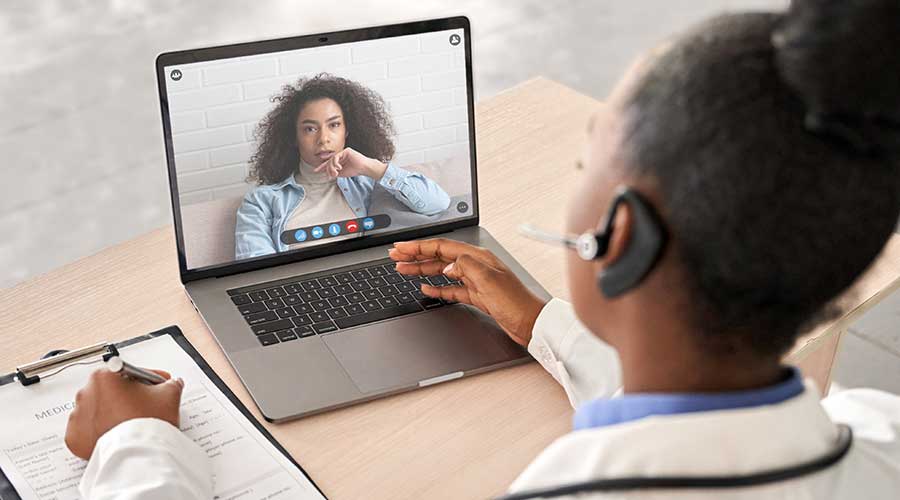Telehealth or telemedicine has become an integral component of health systems.
To help hospitals and other healthcare facilities embrace telehealth and help managers in these facilities adapt facilities to the practice, the U.S. Department of Energy’s Better Buildings Initiative recently released a document that provides insights and best practices for telehealth, including carbon reduction, space utilization, equitable access, and technology.
During the COVID-19 pandemic, telehealth became the primary route of treatment for patients and doctors. The goals of telehealth are to make healthcare more accessible to patients who have limited mobility, time, or transportation options and those who live in rural or isolated communities. Telehealth aims to improve coordination and care between healthcare teams and their patients. While addressing accessibility, telehealth sets health systems on a path to meet their decarbonization and energy reduction goals.
Regarding space utilization in healthcare facilities, for example, telehealth has allowed healthcare providers to reevaluate the way medical spaces are used. While healthcare staff have continued to commute to medical campuses to provide virtual care, patients can attend visits from their homes. In the wake of fewer patients on-site, health systems have become creative with their spaces to accommodate the increase in virtual visits.
Telemedicine can take place throughout the healthcare system including primary and ambulatory care centers, cancer centers, emergency departments, patient rooms, and many other clinical and nonclinical spaces. Many healthcare providers have opted to integrate telemedicine tools directly into patient rooms, like monitors for conducting virtual visits.
These monitors can be used for more than virtual visits, including for entertainment, education programs, food orders, and more. Another option for healthcare workers is mobile telehealth carts. Staff can easily transport carts between rooms that can also double as charting stations for nurses and clinicians.

 UF Health Hospitals Rely on Green Globes to Realize Their Full Potential
UF Health Hospitals Rely on Green Globes to Realize Their Full Potential How Healthcare Facilities Can Be Truly Disaster-Resilient
How Healthcare Facilities Can Be Truly Disaster-Resilient TriasMD Breaks Ground on DISC Surgery Center for San Fernando Valley
TriasMD Breaks Ground on DISC Surgery Center for San Fernando Valley Bigfork Valley Hospital Falls Victim to Data Breach
Bigfork Valley Hospital Falls Victim to Data Breach AI-Driven Facilities: Strategic Planning and Cost Management
AI-Driven Facilities: Strategic Planning and Cost Management